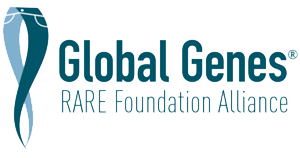
Dr. Stacpoole received his Ph.D. in 1972, from the University of California at San Francisco. He received his MD degree in 1976, from Vanderbilt University in Nashville, Tennessee. He also completed his internship and residency (1976-1978) training in Internal Medicine and Endocrinology Fellowship (1978-1980) training at Vanderbilt University. In 1980, Dr. Stacpoole became a member of the Department of Medicine at the University of Florida where he is currently a Professor of Medicine, Biochemistry and Molecular Biology.
Research Interests
Dr. Stacpoole’s federally-sponsored research is broadly focused in two areas: intermediary metabolism and new drug development. He conducts patient oriented research on the Shands Hospital Clinical Research Center (CRC) and collaborates with investigators across N. America into the causes and treatment of genetic mitochondrial diseases, due to nuclear DNA or mitochondrial DNA mutations in genes that encode enzymes of carbohydrate metabolism or oxidative phosphorylation. These studies also engage collaborators with expertise in neurology, neurobehavior, clinical pharmacology, neuroscience and cell and molecular biology.
Related research includes mechanistically oriented laboratory studies on the molecular and biochemical consequences of loss-of-function mutations in the mitochondrial pyruvate dehydrogenase complex (PDC) and therapeutic interventions for PDC deficiency. He also collaborates with other faculty at the University of Florida to investigate the regulation of homocystine metabolism in humans in response to different genotypes or nutritional perturbations.
With regard to new drug development, Dr. Stacpoole and his colleagues have developed a prototype for a novel class of investigational drugs for the treatment of acquired or inborn errors of mitochondrial energy metabolism and lactic acidosis. The prototype of this class, dichloroacetate (DCA), is undergoing clinical trials on the CRC in healthy subjects and in children and adults with congenital lactic acidosis. Its sites and mechanisms of action are being further explored by in vitro and in vivo laboratory studies employing cell and molecular techniques and mass spectrometry.











